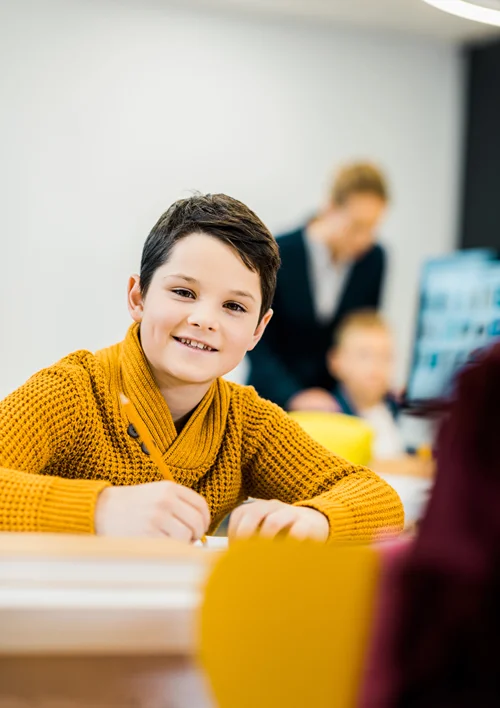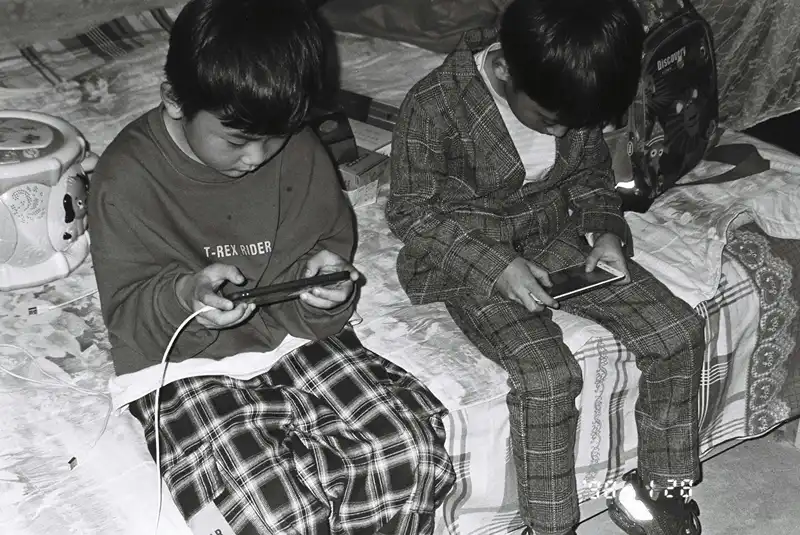How Kids’ Writing Classes Help Improve Reading Comprehension
Reading and writing are two sides of the same coin. When one skill grows, the other naturally strengthens. Yet many parents treat them as separate subjects: reading for comprehension and writing for expression. That assumption is what holds many children back.
If your child struggles to understand what they read, improving writing skills can be the missing piece. Writing sharpens vocabulary, deepens sentence understanding, and builds analytical thinking, all essential for comprehension. Enrolling your child in writing classes gives them a structured environment to master these intertwined skills. Here’s how it works.
1. Expands Vocabulary and Contextual Understanding
Reading lets kids recognize and pronounce words; writing teaches them to use those words meaningfully. When children write, they think about a word’s tone, emotion, and fit within a sentence. They don’t just memorize vocabulary; they internalize it.
If they can’t find the right word, they search for one. In doing so, they explore synonyms, understand shades of meaning, and see how words behave differently in various contexts. This active process teaches them the why behind every word choice.
Over time, this approach strengthens reading comprehension. When a familiar or complex word appears in a text, the students instantly recall its meaning and emotional nuance. They don’t have to pause and think about every word anymore.
That’s why personalized writing classes for kids are so effective. With guidance from skilled tutors, children practice grammar, sentence formation, and vocabulary building in real time. These skills seamlessly transfer to reading comprehension.
2. Builds Awareness of Sentence Structure
Vocabulary alone doesn’t ensure understanding. Kids must also learn how words work together to form meaning. Writing classes make that connection crystal clear.
Under guided practice, children learn how sentences are built and how clauses, punctuation, and transitions create rhythm and logic. They start to recognize subjects, verbs, and conjunctions, as well as how each contributes to a coherent sentence.
As they write different sentence types (simple, compound, complex), they subconsciously build a mental blueprint for structure. When reading, that awareness helps them follow long or tricky sentences with ease. Instead of losing focus midway, they can identify the relationship between ideas and interpret meaning accurately.
3. Improves Inference and Critical Thinking Skills
Strong readers don’t just understand what’s written; they infer the actual meaning behind it. That ability to “read between the lines” develops naturally through writing.
When children write stories, they decide what they want to reveal outright and what details to be more subtle about, what to imply through action or dialogue, and what to leave unsaid. This approach helps them understand subtext, the invisible layer beneath every sentence.
Later, they apply this awareness when reading. They start asking questions like, “What is the character really thinking?” or “Why did the author choose this phrase?” or “What is the story now hinting at?
4. Strengthens Memory and Retention
Writing is a deeply active process that lights up multiple parts of the brain. Kids recall information, organize it, and express it coherently, improving their memory retention.
When they write summaries, reflections, or book reviews, they reformulate what they’ve read in their own words. This practice reinforces understanding and moves information from short-term to long-term memory.
This development improves recall during reading sessions. Kids can now engage with the content, remember, and connect details from earlier passages to later ones. Writing helps turn fleeting information into lasting knowledge.
5. Fosters Empathy and Emotional Connection
Reading comprehension is about relating to ideas and emotions. Writing helps children develop empathy, which plays a surprisingly important role in understanding literature.
When kids write from a character’s perspective, they step into another person’s mind. They think about motives, emotions, and consequences. This activity humanizes the reading experience later on.
Instead of seeing characters as names on a page, they begin to recognize emotional undertones, moral struggles, and subtle shifts in behavior. Writing builds emotional literacy, turning mechanical readers into thoughtful ones.
6. Encourages Reflection and Self-Awareness
Good comprehension requires awareness, knowing when something makes sense and when it doesn’t. Writing tutors often guide kids through reflection exercises that help build this awareness.
Children learn to think critically about their own process: What part of this assignment was hard? What can I improve? What did I really mean to say? That habit of reflection extends naturally into reading.
Writing nurtures this cognitive ability, turning passive readers into active learners.
Final Thoughts
Reading comprehension isn’t built through reading alone; it’s built through expression. Writing gives children the tools to decode ideas, process meaning, and think critically about what they encounter on the page.
By improving vocabulary, sharpening grammar, nurturing empathy, and encouraging reflection, writing classes turn reading into a richer, more rewarding experience.
In essence, when kids learn to write better, they also become better thinkers, readers, and life learners.









